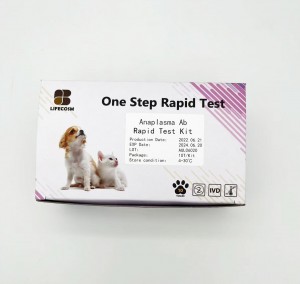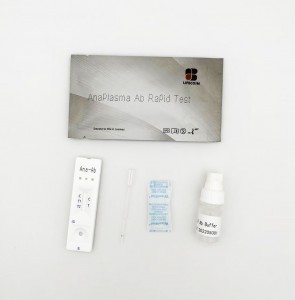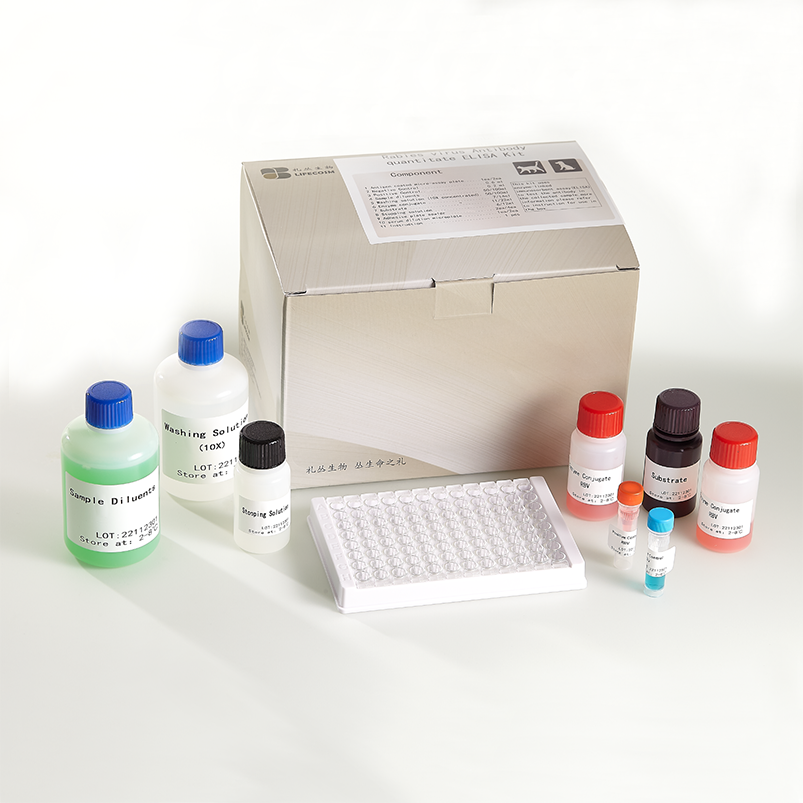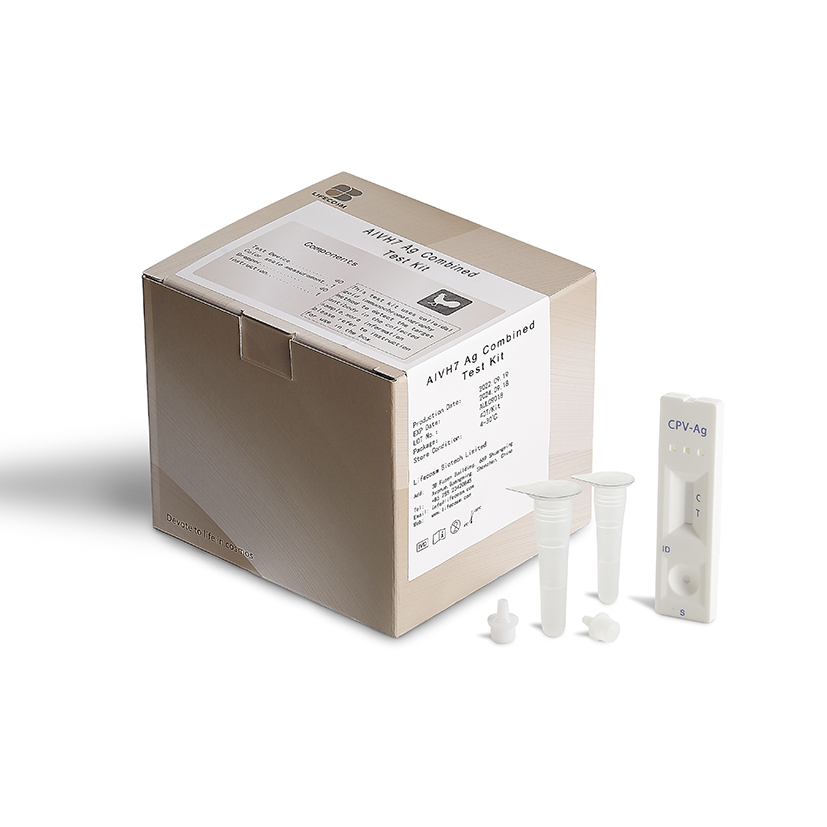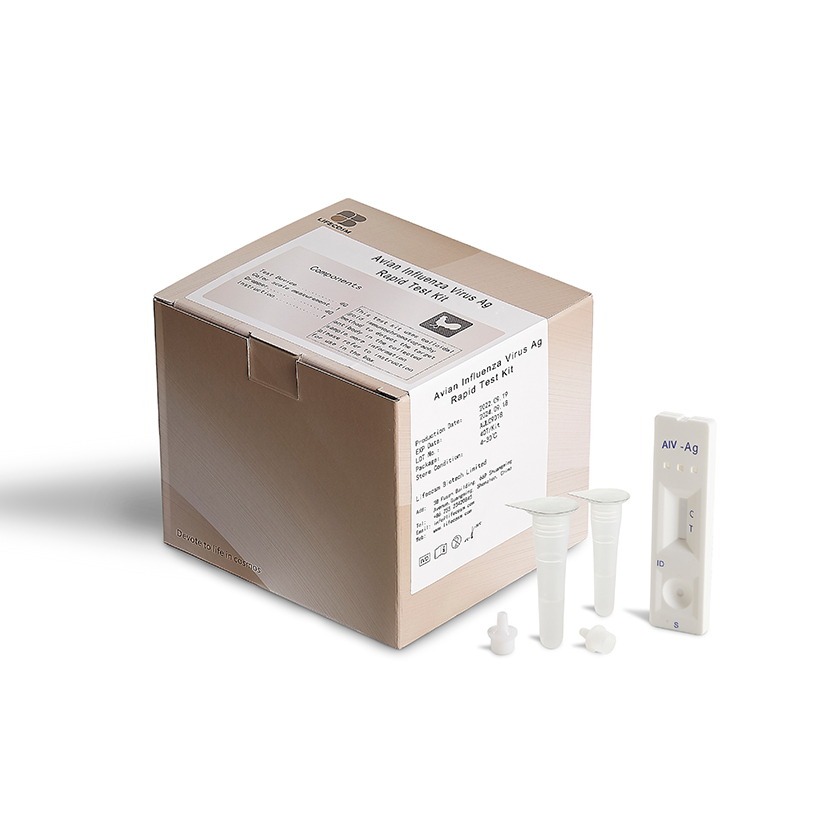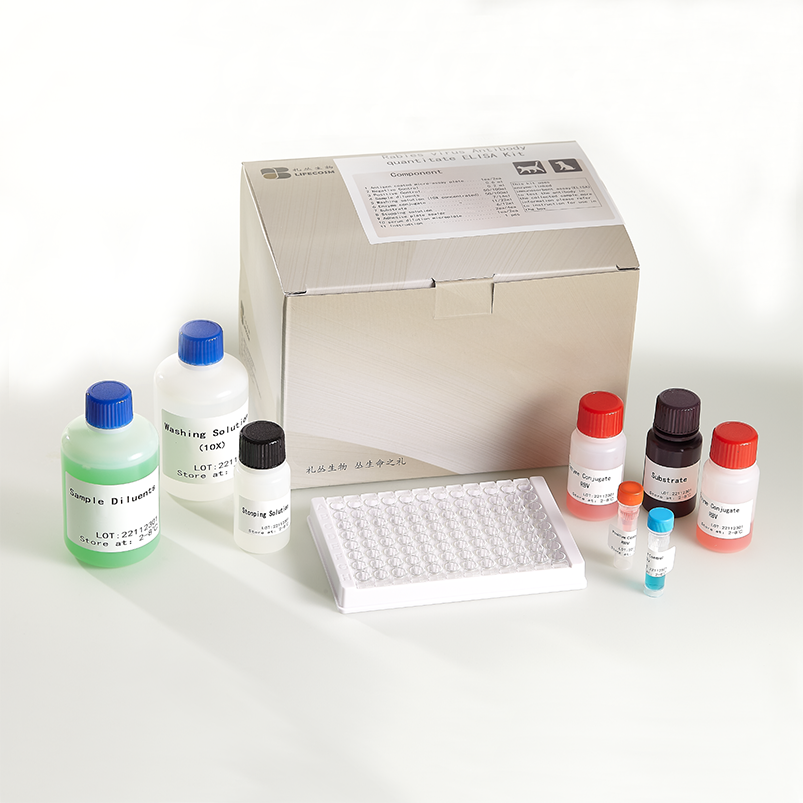
Products
Anaplasma Phagocytophilum Ab Test Kit
| Summary | Detection of specific antibodies of Anaplasmawithin 10 minutes |
| Principle | One-step immunochromatographic assay |
| Detection Targets | Anaplasma antibodies |
| Sample | Canine whole blood, serum or plasma |
| Quantity | 1 box (kit) = 10 devices (Individual packing) |
|
Stability and Storage |
1) All reagents should be stored a Room Temperature (at 2 ~ 30℃) 2) 24 months after manufacturing.
|
Information
The bacterium Anaplasma phagocytophilum (formerly Ehrilichia phagocytophila) may cause infection in several animal species including human. The disease in domestic ruminants is also called tick-borne fever (TBF), and has been known for at least 200 years. Bacteria of the family Anaplasmataceae are gram-negative, nonmotile, coccoid to ellipsoid organisms, varying in size from 0.2 to 2.0um diameter. They are obligate aerobes, lacking a glycolytic pathway, and all are obligate intracellular parasites. All species in the genus Anaplasma inhabit membrane-lined vacuoles in immature or mature hematopoietic cells of mammalian host. A phagocytophilum infects neutrophils and the term granulocytotropic refers to infected neutrophils. Rarely organisms, have been found in eosinophils.
Serotypes
The Toxoplasma gondii Antibody Rapid Test Card uses immunochromatography technology to qualitatively detect toxoplasma antibodies in feline/dog serum, plasma, or whole blood. After the sample is added to the well, it is moved along the chromatography membrane with the colloidal gold-labeled antigen. If antibodies to Toxoplasma gondii are present in the sample, they bind to the antigen on the test line and appear burgundy. If no Toxoplasma gondii antibody is present in the sample, no color reaction is produced.
Contents
| revolution canine |
| revolution pet med |
| detect test kit |
revolution pet


